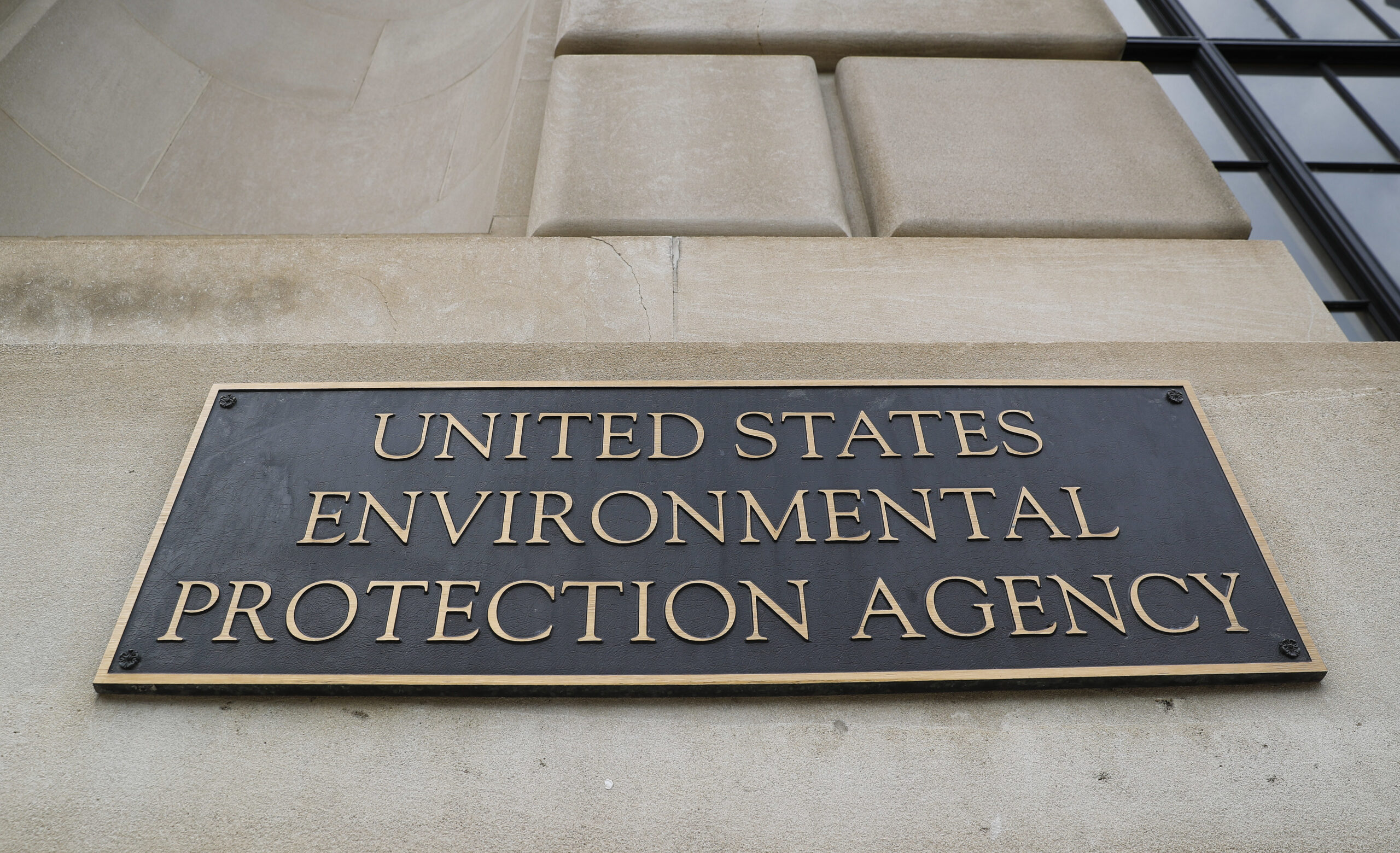Report finds 'forever chemicals' widespread in U.S. rivers, including Chattahoochee

The Waterkeeper Alliance found PFAS chemicals in 95 out of 114 rivers that they sampled, including in the Chattahoochee.
MIKE GONZALEZ / wikimedia commons
A recent report finds contaminants known as “forever chemicals” in rivers throughout Georgia, as well as around the country. The group of chemicals, called PFAS, are found in waterways, on land – and even in Americans’ bodies.
The chemicals, which have been manufactured since the 1940s and 50s, are used in products including waterproof fabrics, carpet, food packaging, cosmetics, non-stick pans and the firefighting foam used at airports and military bases.
There’s thousands of different kinds of PFAS chemicals. Since they’re widely used and don’t completely break down in the environment, they’ve also become widespread.
For its report released this month, the Waterkeeper Alliance worked with local waterkeeper groups to sample more than 100 rivers for PFAS. They found that more than 80% of them had at least one of the chemicals.
The highest levels found in this study in Georgia were in the Conasauga River in Northwest Georgia, which is downstream of the carpet manufacturing in Dalton.
In the Atlanta area, the Chattahoochee River was found to have PFAS chemicals, too, including some that are used now, and some that have been phased out but are still in the environment decades later.
“This is not a case where everybody needs to stop drinking city of Atlanta’s water. But it does go to show the products that we use, and the chemicals that are in our environment do have this legacy impact,” said Jess Sterling, technical programs director at Chattahoochee Riverkeeper.
The Altamaha River, the Savannah River, and tributaries to the Ogeechee, Satilla and Suwanee Rivers were also all found to have PFAS in Georgia, according to the report.
Widespread chemicals
Scientists are studying the effects the chemicals have on human health and on the environment, a task made more difficult by the sheer number of them.
“We don’t know the chemical structure of everything, so it’s difficult for us to measure them,” said Stephanie Eick, an epidemiologist at Emory’s Rollins School of Public Health who studies PFAS and pregnancy.
According to the Centers for Disease Control and Prevention, high levels of some kinds of PFAS may be connected to certain cancers, higher cholesterol, effects on the liver, and lower vaccine effectiveness in children. Scientists at the CDC have found that the vast majority of Americans have some level of PFAS in their blood.
In her research, Eick says she’s found that essentially all pregnant women in the U.S. have some level of PFAS, and that even low levels are associated with an increase in the risk of preterm birth and the baby not achieving its full weight before delivery.
The U.S. Environmental Protection Agency has issued lifetime health advisory levels for some PFAS chemicals, which aren’t enforceable regulations, but can provide information or guidance to water systems and to state agencies.
The federal agency is now working on establishing standards for PFAS in drinking water, as well as for surface waters like rivers. And it plans to provide billions of dollars’ worth of funding for utilities to deal with PFAS.
The Georgia Environmental Protection Division has also been working with utilities on PFAS.
“Everyone is taking this seriously,” said Ania Truszczynski, the chief of the watershed protection branch at Georgia EPD. “This is something that is on the radar of every single public water system that I’ve spoken with.”
Several years ago, drinking water tests in some Northwest Georgia water systems showed levels of PFAS above what was the EPA’s advisory level at the time. Those water systems are responding, identifying alternate water sources and ways to remove PFAS.
EPD is now broadening its PFAS testing, checking all large water systems in Georgia, as well as systems that are near military bases. Not all of those results are back yet. Of those that have been tested in this round, most are below the state EPD’s reporting limit. A handful have come back between the reporting limit and the EPA’s 2016 health advisory level, including in Clayton County, Northwest Georgia, and one in North Georgia.
Earlier this year, the EPA lowered its lifetime health advisory again.
Meanwhile, there’s also work going on in Georgia to improve technologies for removing PFAS from drinking water. Jack Huang, an environmental scientist at the University of Georgia, is working on an EPA-funded project to improve water treatment for PFAS.
“There are ways to remove those compounds from water, but it’s a question of cost effectiveness,” he said.
Huang said he’s not surprised by the findings in the Waterkeeper Alliance report.
“These type of compounds were designed to be robust,” he said.
Sterling, with Chattahoochee Riverkeeper, said one of the goals of the project was to draw attention to the scale of the problem, and to push federal agencies to act.
“There are no standards,” she said. “So it really makes it hard to say what is safe and what is not safe.”








